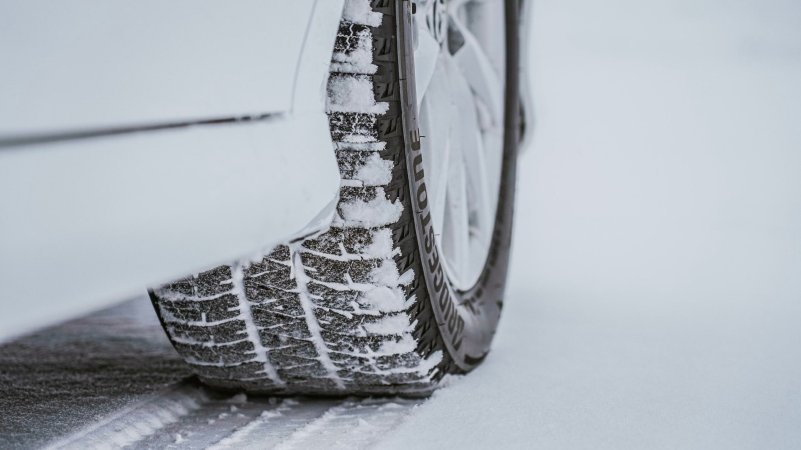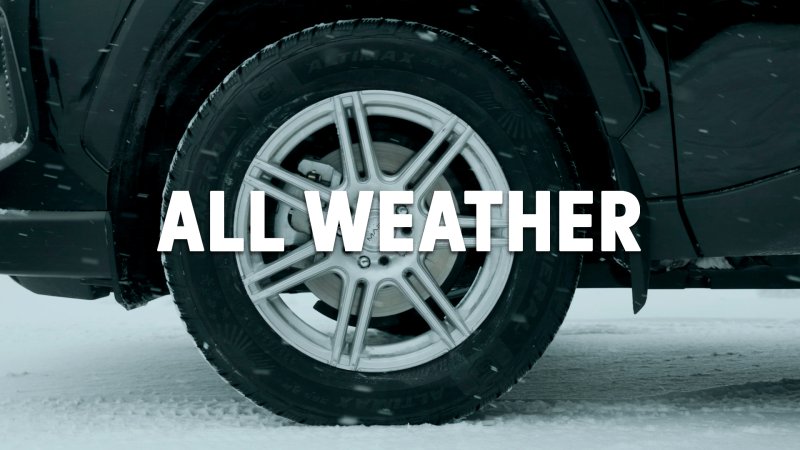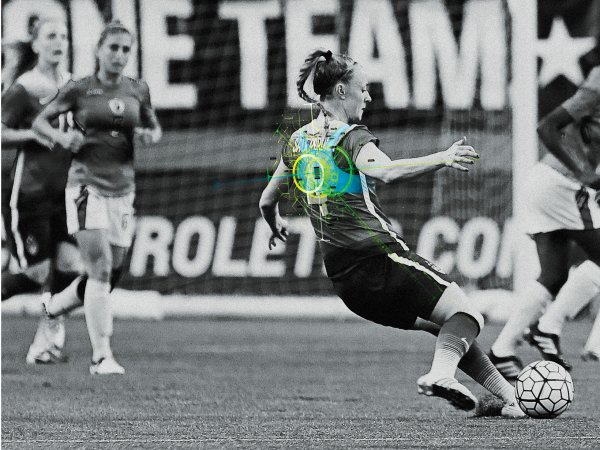The features on the Continental VikingContact 7 were built for winter, engineered and made with more than 10,000 hours of research and development. Its performance is a complex combination of chemistry and engineering—like the walk of a penguin on an icy bank.
What keeps the tire’s rubber on the road—and the penguin’s feet on ice—when the weather becomes most foul, the temperature drops, and rain turns to sleet turns to snow? Three things: grip performance, tracking stability, and traction and braking.
Grip Performance
Watch the thermometer, when it gets below 45 degrees Fahrenheit (or about 7 Celsius), the compounds of a tire physically change. Wheels produced for every other season but winter become increasingly stiff and inflexible. But with a winter tire, the compounds it’s composed of are purposefully softer—allowing it to remain flexible in order to keep gripping the road.
This is how the treads of a winter tire are able to splay and wrap themselves around the tiniest of bumps on cold pavement—we’re talking microscopic tiny—even on ice.

Tracking Stability
When it comes to tracking stability, imagine the network of groves chiseled into a tire—the treads we were just talking about. You might think that tires need to shed snow when they turn, but these groves actually want to build up snow—packing it tight into the tread pattern. It’s sort of like what happens when you make a snowball—snow sticks to snow and the tire sticks to the road.
Traction and Braking
In the end, it all comes down to tread pattern. Advanced winter tires like this VikingContact 7 have “3D sipes” that bend—think of them as edges—creating more contact area for the tire. Summertime tires have straight tread lines, whereas winter tires have squiggles cut into the rubber. These curves give you 40 percent more surface area than the straight lines on summer tires. Meaning that much more of your tire is on the road to create friction and grip to brake.















